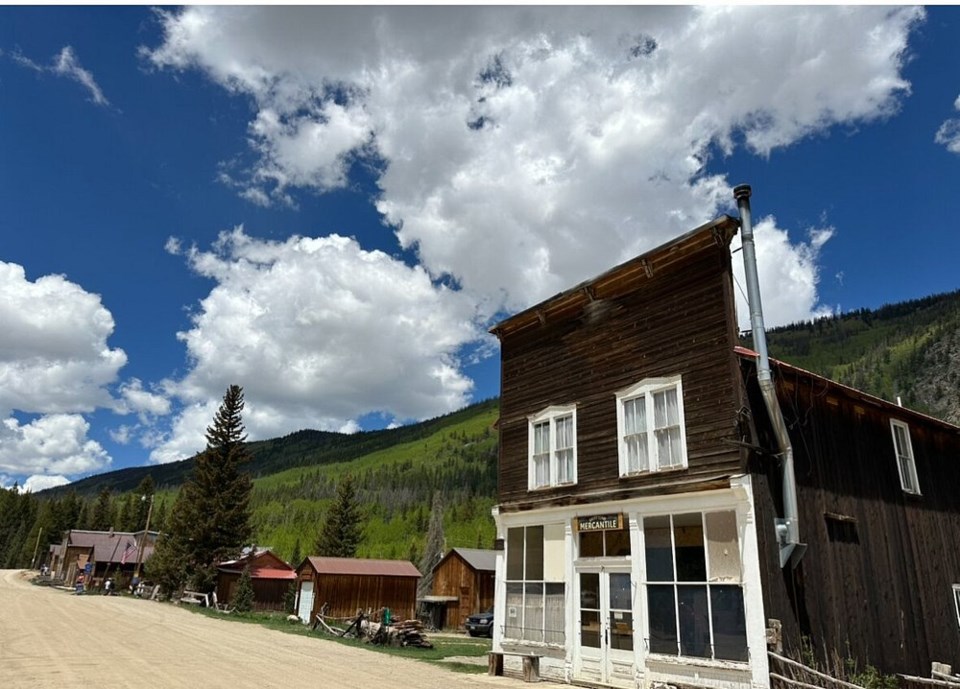
Colorado is rich in history, and one of its most fascinating features is its collection of abandoned ghost towns. These once-thriving mining settlements now stand as eerie remnants of the past, offering a glimpse into the lives of the pioneers who sought fortune in the rugged Rockies. From crumbling cabins to rusted mining structures, each ghost town has its own story of boom and bust. Whether you're a history buff, outdoor enthusiast, or just looking for a spooky adventure, these 20 ghost towns in Colorado should be on your radar. Let’s explore some of the state’s most intriguing abandoned sites.
20 Ghost Towns in Colorado
Here are expanded descriptions for all 20 ghost towns in Colorado:
Mayflower
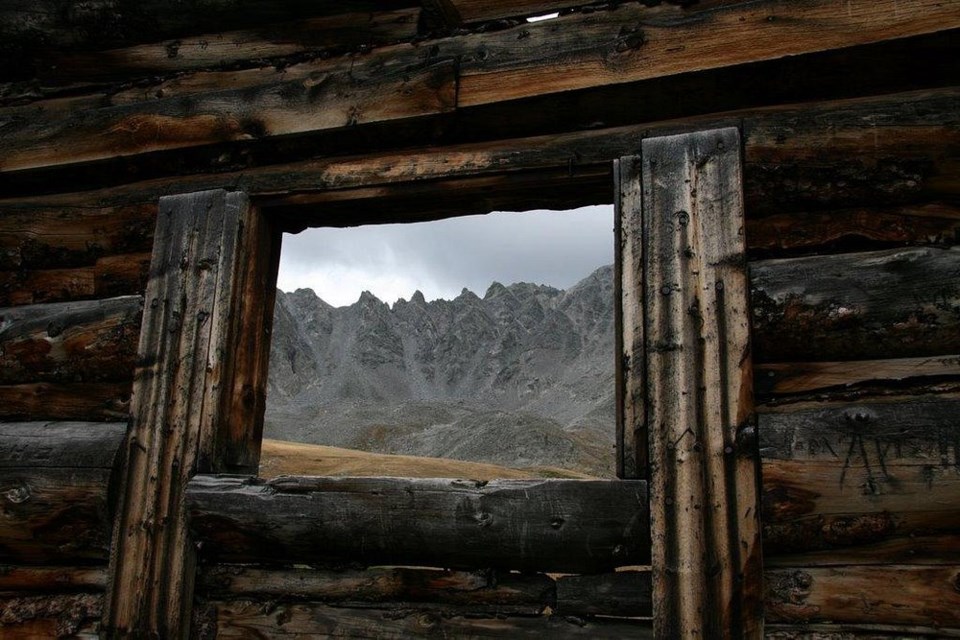
Nestled between Leadville and Copper Mountain, Mayflower Gulch is home to the remnants of the Boston Mine. The town flourished in the 1890s due to its gold and silver production, but soon became abandoned as the ore turned out to be impure. Today, it’s a popular hiking destination, offering a stunning mountain cirque with preserved mining buildings and beautiful wildflower meadows in summer. Its rugged terrain is perfect for those seeking a mix of history and natural beauty, making it a must-visit for adventurers.
St. Elmo

Located near Mount Princeton, St. Elmo once boasted a population of 2,000 people in the late 1800s, thriving from gold and silver mining. Today, it’s one of the best-preserved ghost towns, with some buildings, like the St. Elmo General Store, still standing. Visitors can buy antiques and souvenirs from the shop, which is one of the few surviving buildings, and enjoy the rich history of the area. The town is especially popular during winter months for its scenic, snow-covered streets, offering a quiet glimpse of its past.
Nevadaville
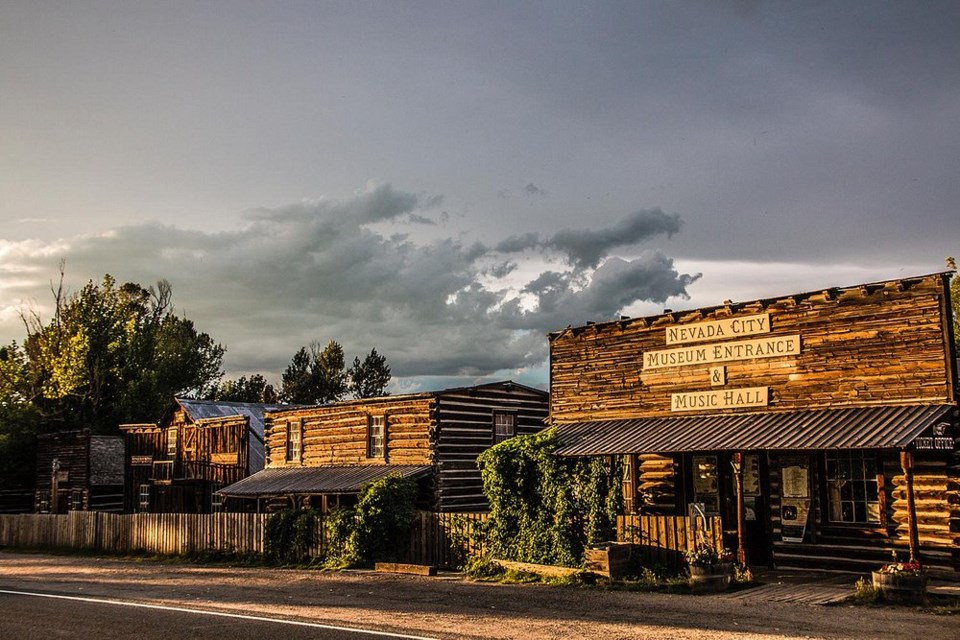
Found near the former mining hub of Gold Hill, Nevadaville was once a lively gold mining town. In its peak years, it had a population of 500 people. The town’s remains include old cabins, a few scattered ruins, and a sense of history that’s still palpable in the area. The quiet surrounding forests and rocky hills make it a peaceful spot for hiking, allowing visitors to wander through history while being enveloped by nature. Nevadaville’s location near the popular Gold Hill area makes it an easy stop for history enthusiasts.
Summitville

At 11,000 feet elevation, Summitville offers a different chapter of Colorado’s mining history. Originally established in the late 1800s, the town boomed until the 1910s, when the mining operations became too costly to maintain. However, its second life as a toxic Superfund site due to poor mining practices makes it a cautionary tale of environmental neglect. Despite this, the remains of the town still stand amidst the mountainous landscape, attracting visitors who are intrigued by its unique history and remote location.
Alta
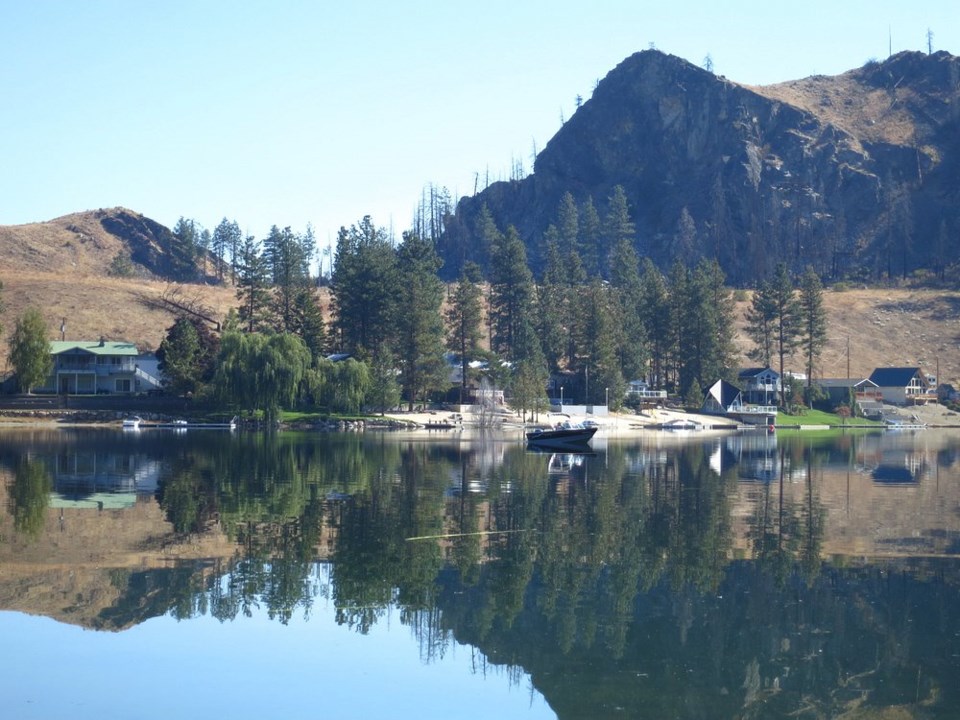
Alta, once a promising mining settlement, was nestled in the San Juan Mountains near the base of Alta Lakes. Though it didn’t last long as a mining town, its remnants still dot the landscape, offering scenic views of the surrounding area. The town is accessible by off-road vehicles and remains a favorite spot for those looking to explore Colorado’s mining past. Alta’s quiet atmosphere and breathtaking vistas make it a peaceful getaway for nature lovers and history buffs alike.
Red Mountain Pass
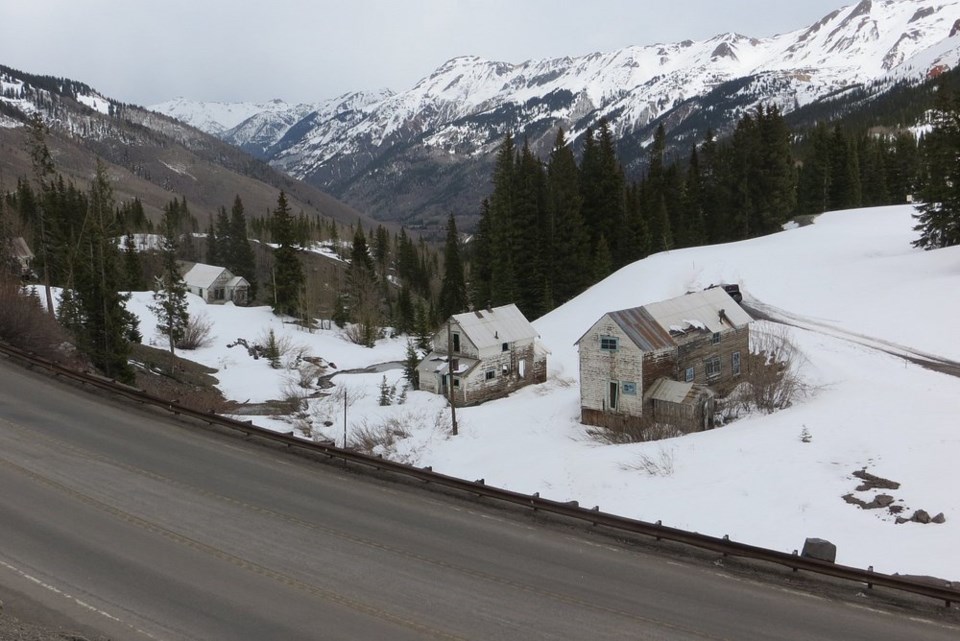
Between the towns of Ouray and Silverton, Red Mountain Pass is known for its rugged beauty and the ghost towns that once thrived in its steep hills. A few of the mining sites can still be seen from U.S. Highway 550, while others, like Ironton, can be explored more closely on foot. The area is littered with rusted equipment and hauntingly beautiful mining ruins. The scenic drive through the pass offers stunning views of the San Juan Mountains, and the abandoned mining towns add an eerie, historic charm to the journey.
Dearfield
Once a thriving African-American agricultural community, Dearfield had hopes of becoming a self-sustained town in the early 20th century. However, the town faced challenges from drought and economic difficulties, leading to its decline. Today, the remnants of Dearfield stand as a unique and poignant piece of Colorado's history. Visitors can explore the sparse ruins, which include the foundations of several buildings, while learning about the African-American pioneers who lived here and their dreams of independence.
Independence
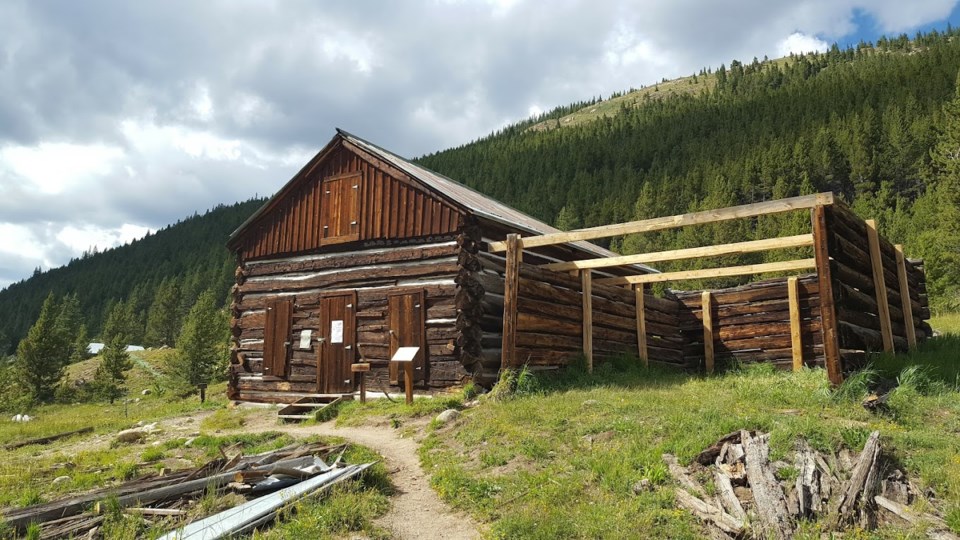
Situated along Independence Pass, Independence was founded in the late 1800s during Colorado’s gold rush. Once home to 1,500 residents, the town boasted over 40 businesses, including multiple post offices. By the 1900s, the town had been abandoned, but its well-preserved remains stand as a testament to the hardships of life in the high mountain ranges. The town’s location high in the mountains offers spectacular views, making it a popular spot for visitors interested in Colorado's mining history and natural beauty.
Uptop
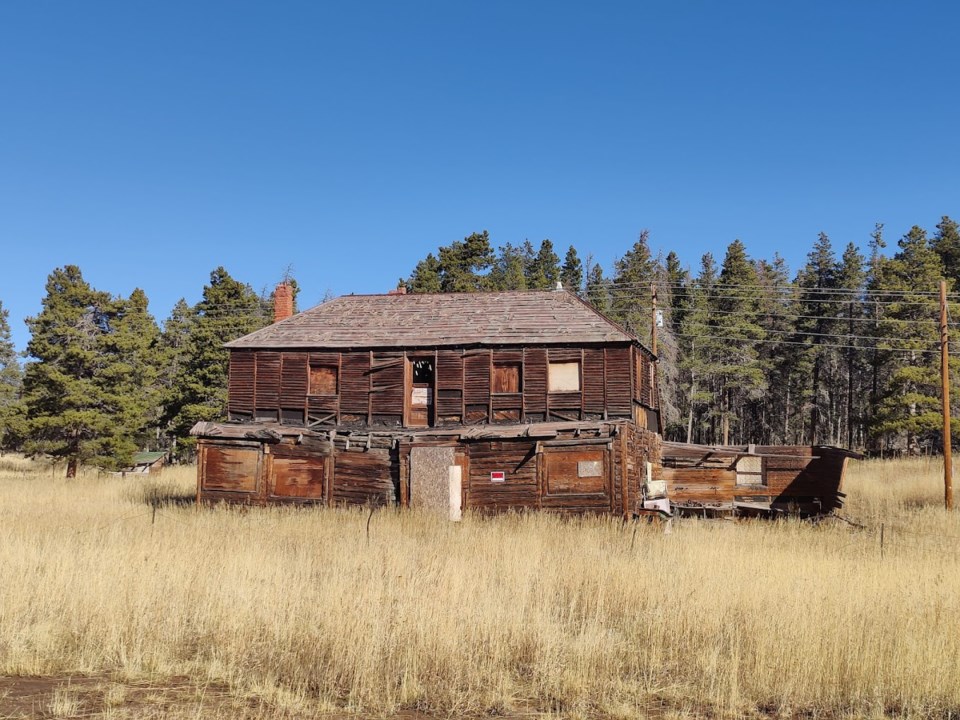
High above the Arkansas River, Uptop was a town built to serve the nearby coal mines. Despite its potential, it never became the bustling hub that many had hoped for. Today, visitors can explore the ghostly remains of the town, including crumbling foundations and old railroads, while soaking in panoramic views of the surrounding mountains. Uptop’s location makes it a great spot for hiking and photography, offering a peaceful, reflective atmosphere for those looking to connect with Colorado’s mining past.
Holy Cross City
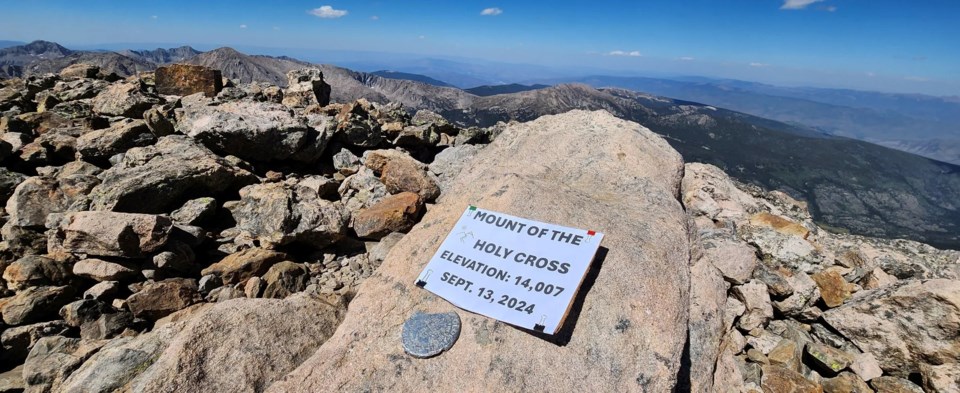
Named after nearby Mount of the Holy Cross, this abandoned mining town once supported 300 residents. The remnants of buildings, post offices, and rusted mining equipment remain scattered across the site. Holy Cross City can only be accessed by hiking or a challenging four-wheel-drive road, making it an adventure for those seeking to step back in time. Its remote location amidst towering peaks offers a serene setting for exploring Colorado’s mining history in an untouched environment.
Ohio City
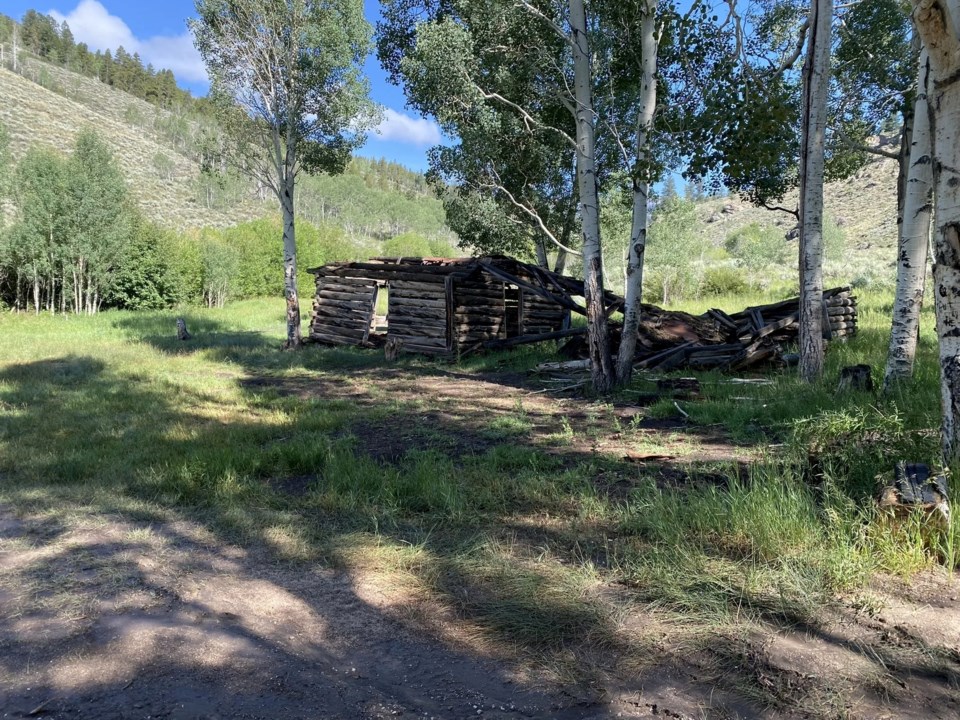
Ohio City, located near the Gunnison River, was once a bustling town full of miners in search of gold and silver. Though the mines eventually ran dry, the town remains an interesting place to explore. Its most prominent features are the well-preserved cabins and the scattered remnants of mining equipment, a glimpse into Colorado’s mining boom. The town is surrounded by stunning mountain views, offering a peaceful retreat for those interested in the history of this forgotten corner of Colorado.
Ghost Town Hollow
Situated at an elevation of 11,800 feet on Pikes Peak, Ghost Town Hollow is home to the remains of a failed attempt to tunnel into the mountain in search of precious metals. A fatal explosion halted the project, leaving behind boiler remains and cabin foundations. The site is accessible through a 1.4-mile hike along the Pikes Peak Highway, offering a cool mix of history and adventure. The hike itself provides a unique opportunity to experience the remnants of a failed mining operation in one of Colorado’s most famous mountain ranges.
Goldfield
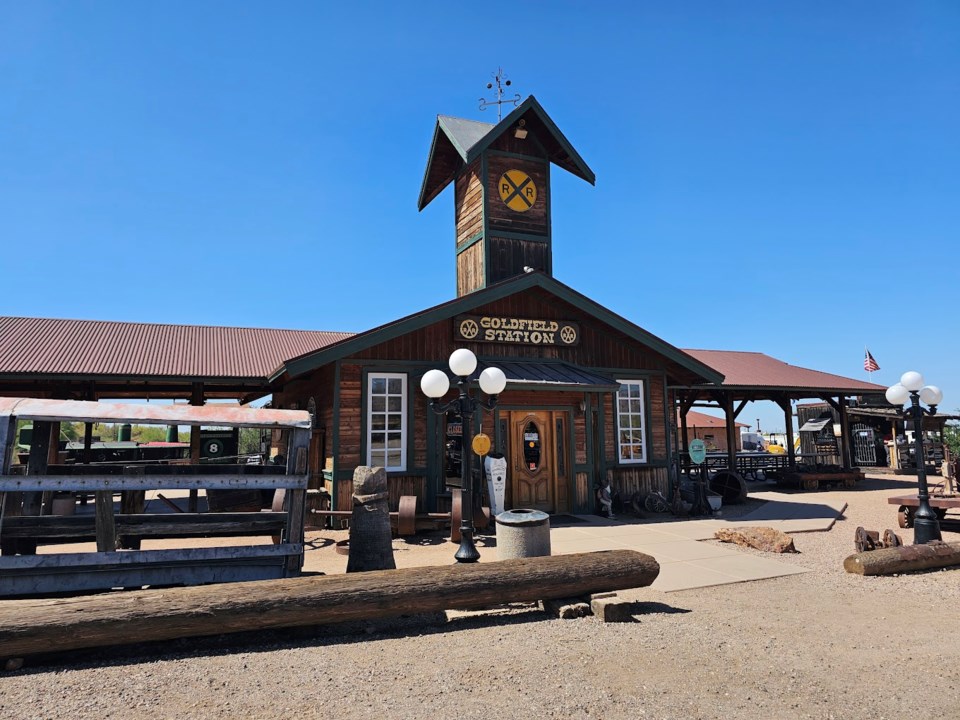
Goldfield was once the site of a prosperous mining community in the late 1800s. Its boom years quickly faded as gold production slowed, and the town was abandoned by the early 1900s. Today, the town is home to a few standing structures and offers a unique peek into the past, especially for those exploring nearby mining regions. The surrounding landscapes make Goldfield a great stop for hikers and history enthusiasts seeking a glimpse into the area’s gold rush history.
Crystal Mill
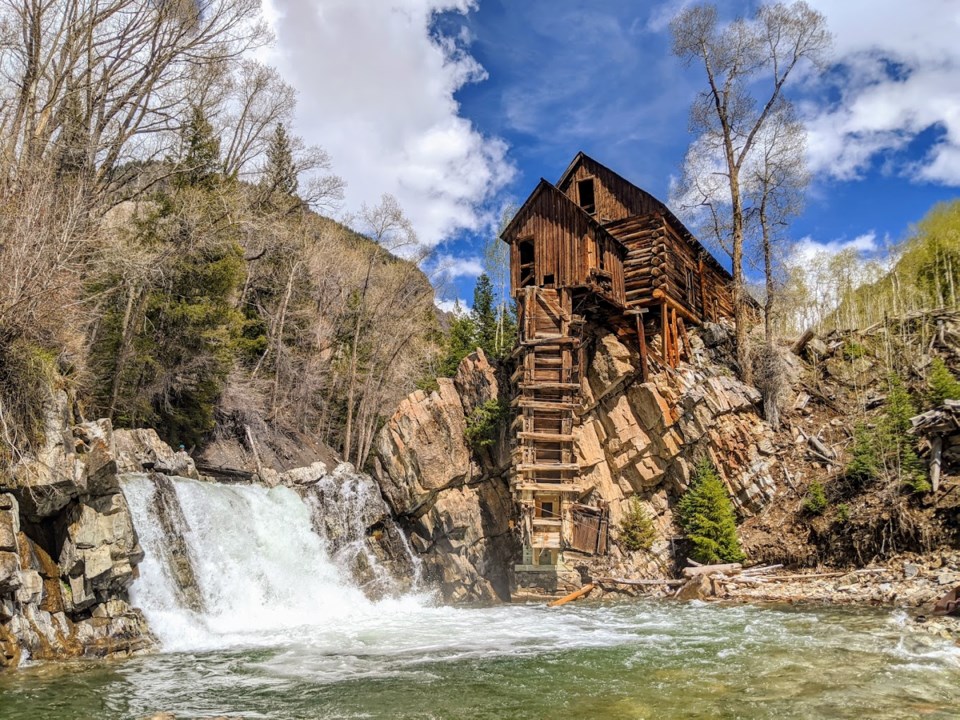
Perched above a waterfall in the Elk Mountains near Aspen, Crystal Mill is one of Colorado’s most photographed sites. Built in 1893 to service the nearby Sheep Mountain Tunnel mine, the mill stands as a visual reminder of the area’s mining history. It’s only accessible by a four-wheel-drive vehicle or a 4-mile hike, making it a destination for adventurous visitors. The site’s breathtaking views of the waterfall and the surrounding mountains make it a perfect spot for those interested in both history and nature.
Tomboy
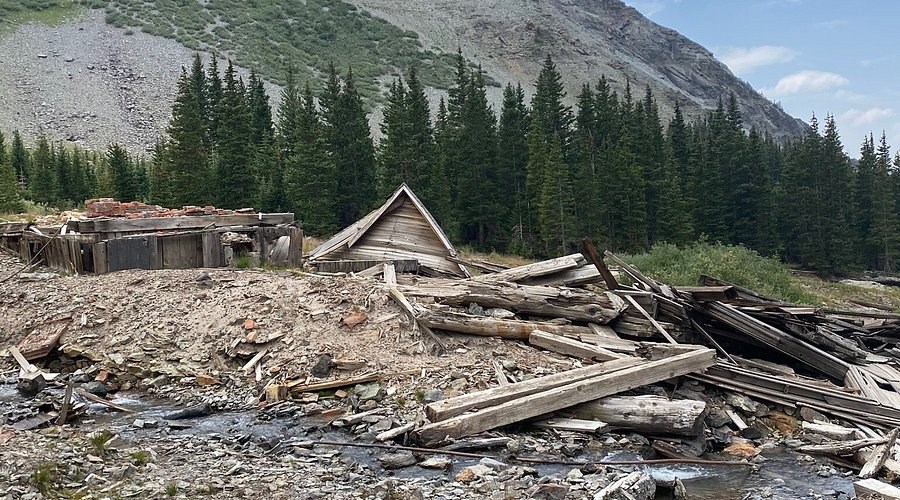
Tomboy, located in the San Juan Mountains near Telluride, was a booming silver mining town in the late 1800s. The town eventually collapsed after the mines were exhausted, but many structures remain standing, including an old mine shaft and several cabins. It’s a great place for hikers and history buffs to explore Colorado’s mining past. Tomboy’s remote location and stunning mountain views add to its charm, making it a favorite for those seeking adventure and history combined.
Teller City
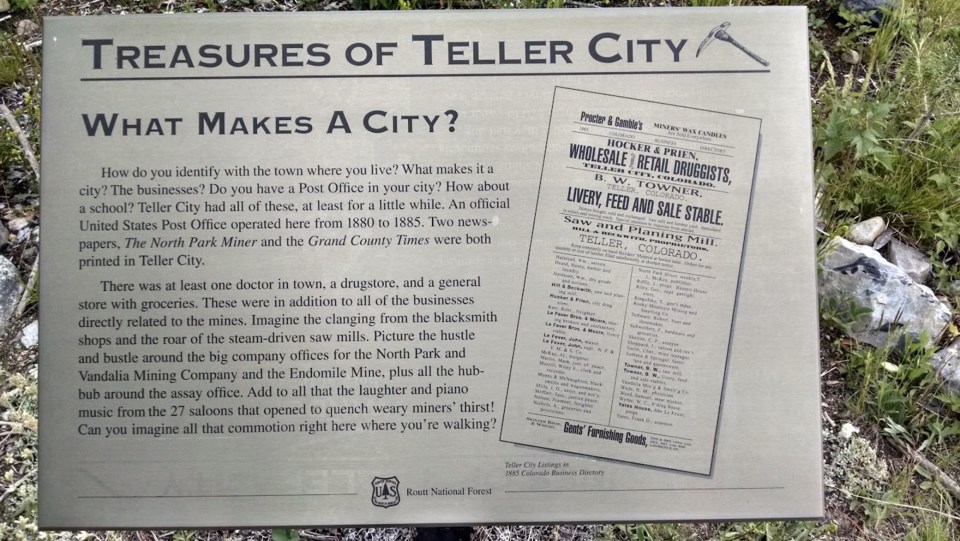
Teller City, perched high above the Arkansas River near Leadville, was another short-lived mining town that emerged in the late 1800s. The town’s peak only lasted a few years before it was abandoned. Today, only a few structures remain, but the surrounding area offers amazing hiking and a deep dive into the region’s colorful mining history. Teller City’s high-altitude setting provides visitors with fantastic views, perfect for photographers and nature lovers alike.
Bachelor Loop, Creede

The Bachelor Loop, located above the town of Creede, is a scenic 17-mile drive through one of Colorado’s most well-preserved mining districts. The area once thrived in the 1890s after a silver boom, but by the early 1900s, many mines had closed. Now, visitors can take a self-guided tour past cabins, bunkhouses, and interpretive signs that tell the stories of the miners who once called this area home. The Bachelor Loop offers a perfect blend of history, scenic beauty, and the remnants of a once-thriving mining town.
Animas Forks
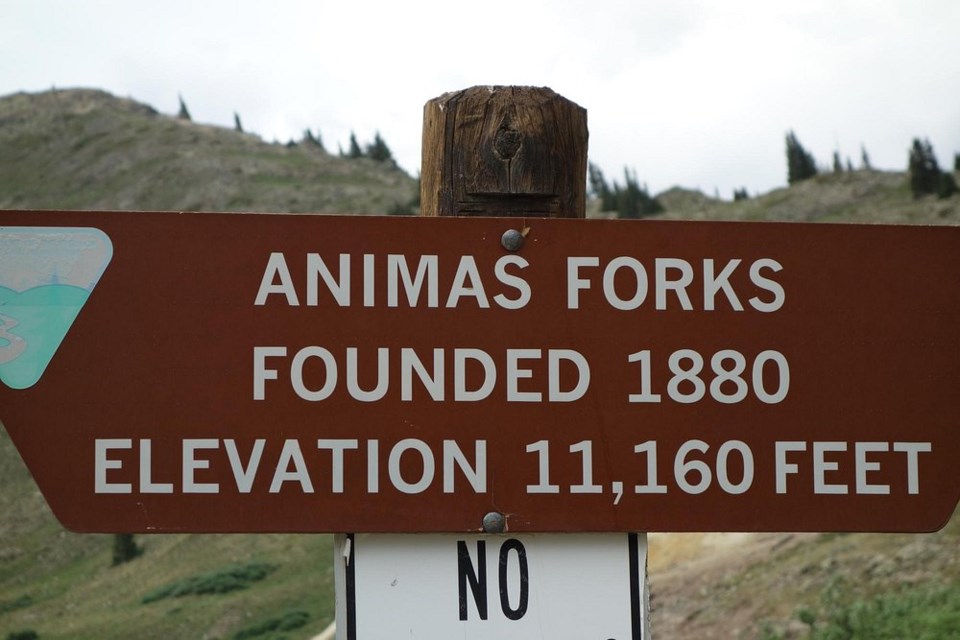
Tucked away in the rugged San Juan Mountains near Silverton, Animas Forks is a once-thriving mining town that boomed in the late 1800s. Today, it’s a popular destination for off-road enthusiasts and hikers. Visitors can wander through the remnants of old cabins, mining equipment, and the remains of a once-thriving mining operation. Animas Forks offers a sense of remoteness and discovery that few other ghost towns can match, with spectacular views of the surrounding peaks.
Capitol City
Located near the headwaters of the Animas River, Capitol City was founded in the 1870s during Colorado’s silver rush. The town once had a bustling population and several thriving businesses. Over time, however, it was abandoned, leaving behind only a few structures. Today, the ghost town remains a peaceful destination for hiking and exploring Colorado’s mining history, offering visitors a chance to step back in time while taking in some of the most stunning natural scenery in the state.
Carson
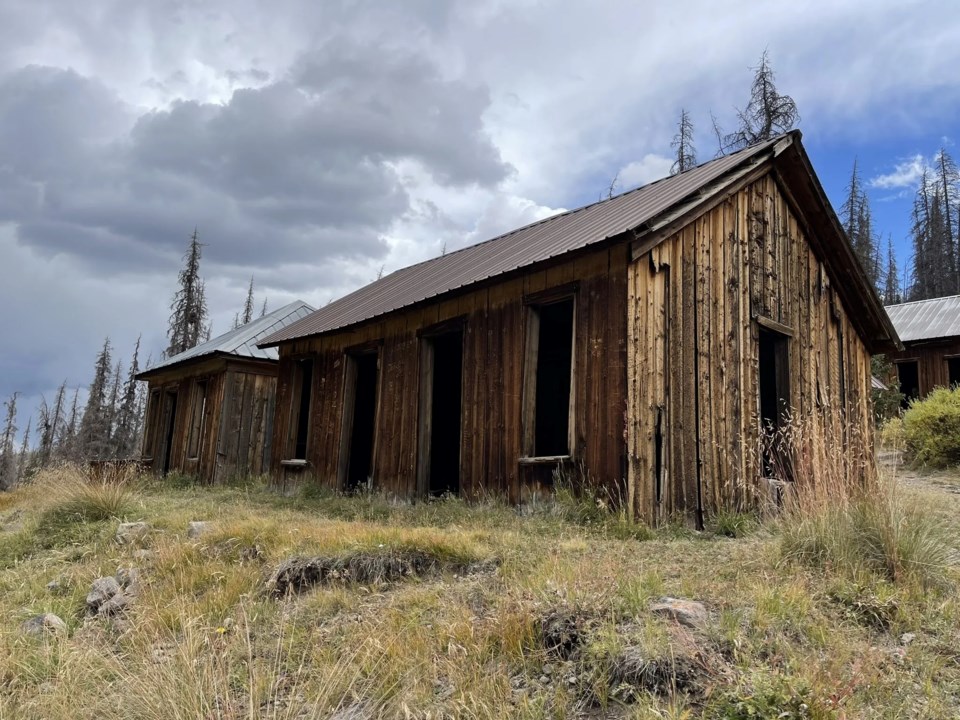
Carson was once a booming mining town near the town of Silverton. The town became a victim of the silver crash in the 1890s, leading to its quick abandonment. Today, the remnants of Carson are visible along U.S. Highway 550, where visitors can see old cabins and mining buildings from the road, offering a glimpse into the hardships and aspirations of Colorado’s past mining communities. Carson’s accessible location and scenic surroundings make it a great spot for a quick stop or a more in-depth exploration.
When to Visit the Ghost Towns in Colorado
The best time to visit the ghost towns in Colorado largely depends on your hiking and exploration preferences. Summer and early fall are typically the most popular times to visit, as the weather is generally mild and the roads are more accessible. During these months, you can explore the mining ruins in comfort, with some towns, like Goldfield and Independence, offering picturesque landscapes filled with wildflowers or vibrant autumn leaves.
However, if you're looking for a more peaceful and solitary experience, winter might be an ideal time to visit. With fewer tourists around, you’ll have the chance to experience the ghost towns in Colorado without the crowds. But be aware of the potential for snow and icy conditions in higher-altitude towns like Holy Cross City and Red Mountain Pass, which may make access more challenging. Always check road conditions ahead of time and come prepared for colder temperatures.
How to Reach the Most Popular Ghost Towns in Colorado
Many ghost towns in Colorado are located off the beaten path, making it essential to plan your route before heading out. Some towns, like St. Elmo and Alta, are accessible by car, but others, like Animas Forks and Tomboy, may require four-wheel drive or a hike. Use an off-road vehicle to access some of the more remote towns, or take advantage of popular 4x4 routes, such as the Bachelor Loop in Creede, which offers an easy yet scenic drive through mining districts.
For those who prefer to hike, many ghost towns in Colorado are connected to popular trail systems, offering an immersive experience with nature. Trails to towns like Teller City and Crystal Mill can range from moderate to challenging. Make sure to research trail maps and difficulty levels before setting off, and always carry a map or GPS device. The remoteness of these ghost towns adds to their charm, but also requires extra planning to ensure a safe and enjoyable visit.
Tips for Exploring Ghost Towns in Colorado Safely
While exploring the ghost towns in Colorado can be an exciting adventure, safety should always come first. Many of these towns are in remote locations, and cell service may be unavailable. It’s important to let someone know your itinerary and expected return time before setting out. Carry essential items like a first-aid kit, extra water, a flashlight, and a map to ensure you're prepared for any unexpected situations.
When exploring the ruins, be cautious of unstable structures and old mining equipment. The remnants of buildings, railroads, and machinery are fascinating but can be dangerous if approached too closely. Always stay on marked trails or designated roads, and avoid wandering off without proper gear or knowledge of the area. Respect these historical sites and their preservation, leaving no trace of your visit to maintain the beauty and history of the ghost towns in Colorado.
Conclusion: Discover the Haunted Charm of Ghost Towns in Colorado
Exploring ghost towns in Colorado offers a rare glimpse into the state's colorful past. These abandoned towns, once bustling hubs of activity during the mining booms, now stand as hauntingly beautiful reminders of the dreams and struggles of early settlers. Whether you're an adventurer, history buff, or just seeking a peaceful escape in nature, visiting Colorado’s ghost towns provides a unique experience that combines both history and adventure.
While some ghost towns in Colorado are easily accessible, others require careful planning and preparation. Regardless of which ghost town you choose to visit, each one tells a fascinating story of its rise and fall. So, pack your bags, grab your camera, and get ready to explore the rich history and stunning scenery these forgotten towns have to offer.


